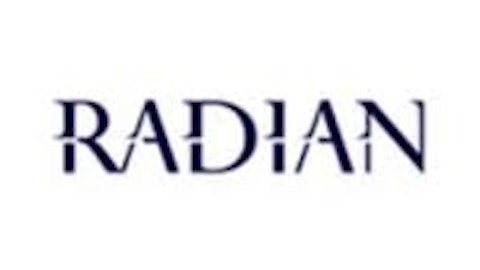
Where Apple stands now
At the end of 2012 Apple had a total of $137 billion in cash on the books. This cash represents about 37% of the total market capitalization, and it means that the market is valuing all of Apple’s future profits at $233 billion. In fiscal 2012 Apple recorded a free cash flow of $41 billion, putting the adjusted P/FCF ratio at just 5.7. Clearly, if Apple Inc. (NASDAQ:AAPL) is able to simply maintain its current level of profitability then the stock is severely undervalued.
How much pessimism is there?
Let’s imagine a scenario where Apple’s FCF declines by 10% per year for the next 10 years, starting with 2013, and then stabilizes and remains flat after that. To simplify things I’ll ignore dividends and buybacks and assume that the company simply adds all of the FCF to its pile of cash. At the end of the 10-year period Apple Inc. (NASDAQ:AAPL)’s cash balance would sit at $377 billion, a little more than the current market capitalization, and the FCF would still be about $14 billion per year. With no growth after this point I’ll assume that the P/E ratio will be about 8, so with the accumulated cash this would put the market capitalization after 10 years at $490 billion.
If you bought the stock today and the above scenario played out then your results wouldn’t be good, an annualized return of just 2.85%. If, instead of a 10% annual decline for 10 years there is instead a 5% decline each year, then the annualized return rises to 5.7%. This is roughly what the market as a whole returns on average annually before dividends. Apple is currently priced so low that FCF could decline by 5% per year for 10 years and still give you an average return.
What if profits stay flat?
If Apple can maintain the $41 billion in FCF each year then after 10 years the company’s cash balance will sit at a staggering $547 billion. Again, with a P/E ratio of 8, the market capitalization at that time would be $875 billion. This would represent an annualized return of about 9% if the stock were bought today. If the P/E ratio were higher, say 12, then the annualized return would be 10.9%.
What about the cash?
Of course, this all assumes that Apple does nothing with the cash. Apple Inc. (NASDAQ:AAPL) has enough cash on hand today to buy back 37% of the company. If profits remain flat Apple could take $50 billion per year and buy back shares — this would reduce the cash pile to around $30 billion over the course of 10 years. If the average buyback price were $1,000 per share during that time then the share count would be reduced from 947 million to 447 million, more than doubling per-share numbers.
Another possibility is for Apple to significantly raise the dividend. Right now the annual dividend per share is $10.60, or a total payment of about $10 billion. If this were tripled it would put the dividend yield at about 8% and Apple would still be adding to the cash pile each year even after this enormous dividend.
Is Apple cheap?
It’s reasonable to think that Apple Inc. (NASDAQ:AAPL)’s profitability will decline, but from the market reaction you’d think we were talking about an unprofitable company. The giant cash pile and the enormous cash flow even if profitability drops allows Apple to greatly boost the per-share numbers through buybacks or greatly increase the dividend. The company clearly has nothing else to do with its cash, so why not? Apple could easily offset a decline in profit with share buybacks — buying back 10% of the company today only costs about $37 billion.
If Apple can grow profits at all then the current stock price is downright insane. The market is pricing in a prolonged and permanent decline, and this may be a case of a “negative bubble” where people sell simply because the price has been going down. The market for mobile devices is still growing fast, and even if Apple’s market share declines total volume can still increase. Pessimism is the friend of the long-term investor, and this may be a great time to buy shares of Apple Inc. (NASDAQ:AAPL).
The article Apple: When Pessimism Gets Out of Control originally appeared on Fool.com and is written by Timothy Green.
Copyright © 1995 – 2013 The Motley Fool, LLC. All rights reserved. The Motley Fool has a disclosure policy.

